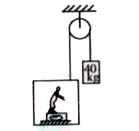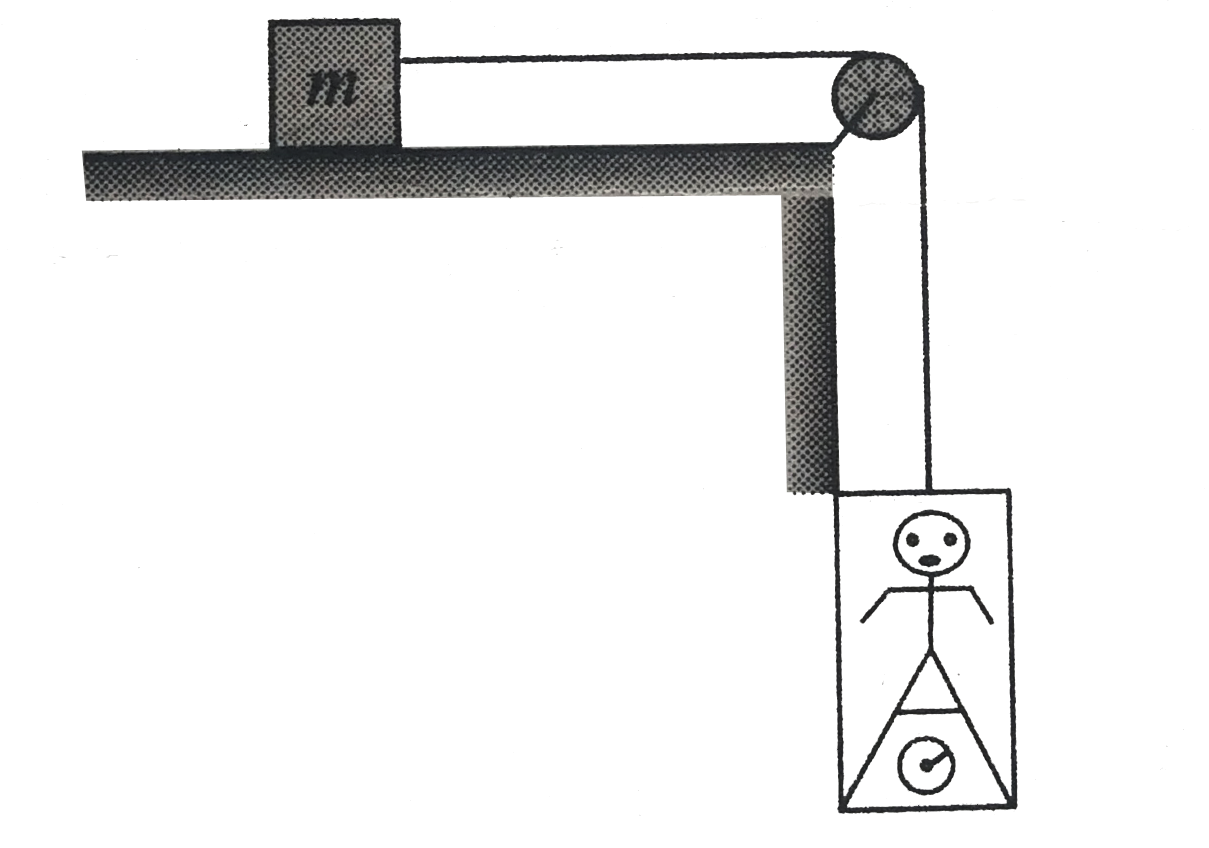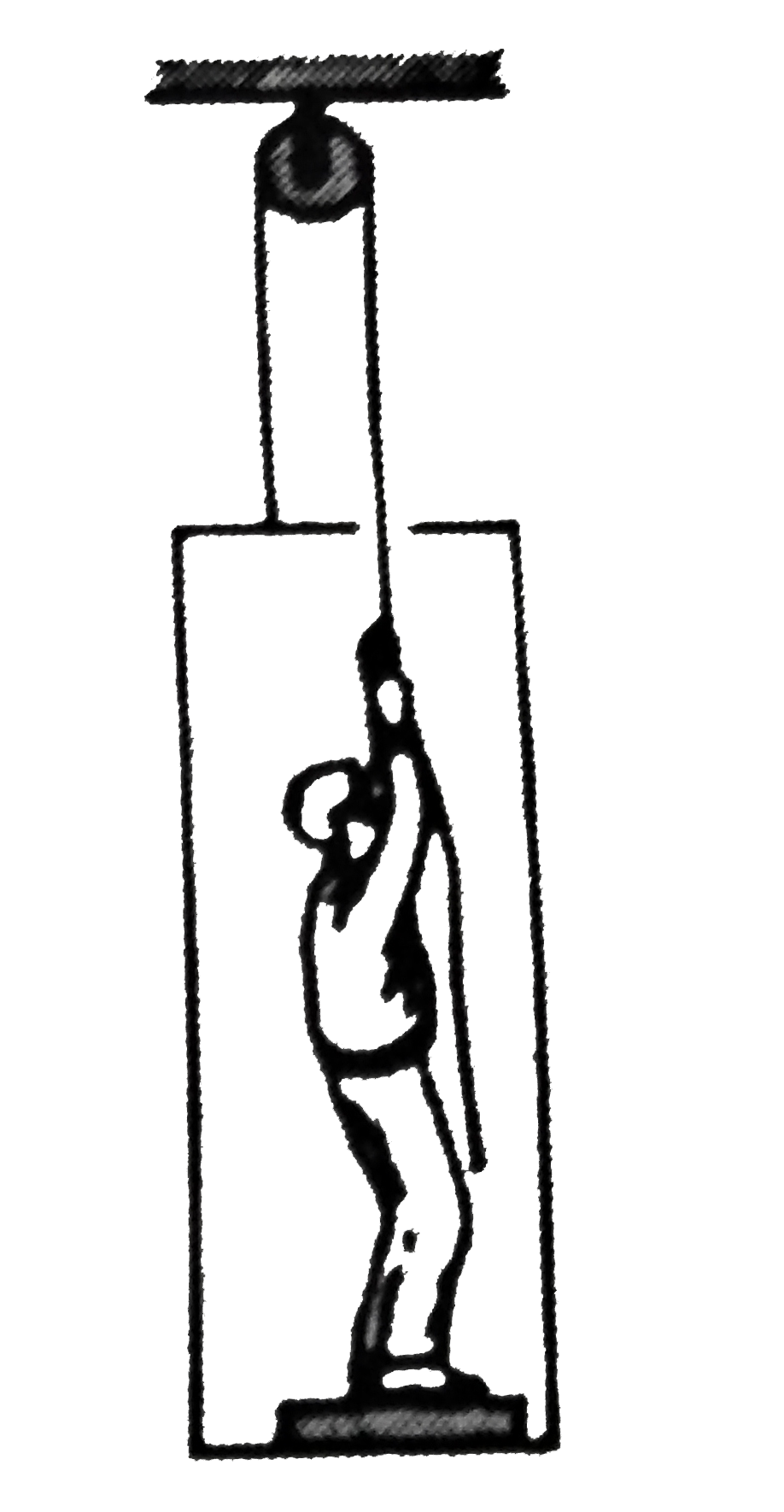You find your mass to be 42 kg on a weighing machine. Is your mass more or less than 42kg?
To determine whether your mass is more or less than 42 kg when measured on a weighing machine, we can follow these steps:
1. Understanding Mass and Weight:
- Mass is a measure of the amount of matter in an object, and it is constant regardless of location. Weight, on the other hand, is the force exerted by gravity on that mass and can vary based on the gravitational field strength.
2. Using the Weighing Machine:
- A weighing machine measures the weight of an object, which is the force acting on it due to gravity. The reading on the weighing machine is influenced by the buoyant force exerted by the air.
3. Apparent Weight Calculation:
- The apparent weight (the reading on the weighing machine) can be expressed as:
Apparent Weight=True Weight−Buoyant Force
- The buoyant force acts upwards and reduces the apparent weight.
4. Given Information:
- You find your mass to be 42 kg on the weighing machine. This means the apparent weight is equivalent to the weight of 42 kg under normal gravitational conditions.
5. Considering Buoyancy:
- Since there is a buoyant force acting upwards due to the air, the true weight (which is the actual weight without the effect of buoyancy) will be greater than the apparent weight shown on the machine.
6. Conclusion:
- Therefore, your true mass is actually more than 42 kg, because the weighing machine shows a lower value due to the buoyant force acting against the weight.
Final Answer:
Your mass is more than 42 kg.
- Mass is a measure of the amount of matter in an object, and it is constant regardless of location. Weight, on the other hand, is the force exerted by gravity on that mass and can vary based on the gravitational field strength.
- A weighing machine measures the weight of an object, which is the force acting on it due to gravity. The reading on the weighing machine is influenced by the buoyant force exerted by the air.
- The apparent weight (the reading on the weighing machine) can be expressed as:
Apparent Weight=True Weight−Buoyant Force
- The buoyant force acts upwards and reduces the apparent weight.
- You find your mass to be 42 kg on the weighing machine. This means the apparent weight is equivalent to the weight of 42 kg under normal gravitational conditions.
- Since there is a buoyant force acting upwards due to the air, the true weight (which is the actual weight without the effect of buoyancy) will be greater than the apparent weight shown on the machine.
- Therefore, your true mass is actually more than 42 kg, because the weighing machine shows a lower value due to the buoyant force acting against the weight.
Your mass is more than 42 kg.
Topper's Solved these Questions
Similar Questions
You have a bag of cotton and an iron bar, each indicating a mass of 100 kg when measured of a weighing machine. In reality, one is heavier than the other. Can you say which one is heavier and why?
View SolutionCan you find the mass of sun without weighing?
View SolutionFind the reading of the machine. Given mass of box =5kg, mass of man = 40kg, mass of weighing machine = 5kg, mass of the block = 40kg.

View SolutionA man of mass 60 kg is standing on a weighing machine kept in a box of mass 30 kg as shown in the diagram, If the man manages to keep the box stationary find the reading of the weighing machine.

View SolutionA block of mass m kg is kept on a weighing machine in an elevator. If the elevator is retarding upward by a ms−2, the reading of weighing machine is
View SolutionIn fig., a man true mass M is standing on a weighing machine placed in a cabin. The cabin is joined by a string a body of mass m. Assuming no friction, and negligible mass of cabin and weighing machine, the measured mass of man is (normal force between the man and the machine is proportional to the mass)

View SolutionIn fig., a man true mass M is standing on a weighing machine placed in a cabin. The cabin is joined by a string a body of mass m. Assuming no friction, and negligible mass of cabin and weighing machine, the measured mass of man is (normal force between the man and the machine is proportional to the mass)

View SolutionA carpenter of mass 50 kg is standing on a weighing machine placed in a lift of mass 20 kg. A light sring is attached to the lift. The string passes over a smooth pulley and the other end is held by the carpenter as shown. When carpenter keeps the lift moving upward with constant velocity :- (g=10m/s2)

View SolutionA body of mass 40 kg stands on a weighing machine in an accelerated lift. The reading on the scale of the weighing machine is 300 N. Find the magnitude and direction of acceleration. (g=9.8ms−2)
View SolutionA man of mass 40kg is standing on a weighting machine kept on the floor of an elevator which is moving up with an acceleration of 2m/s2 Find the reading of the weighing maching.

View Solution